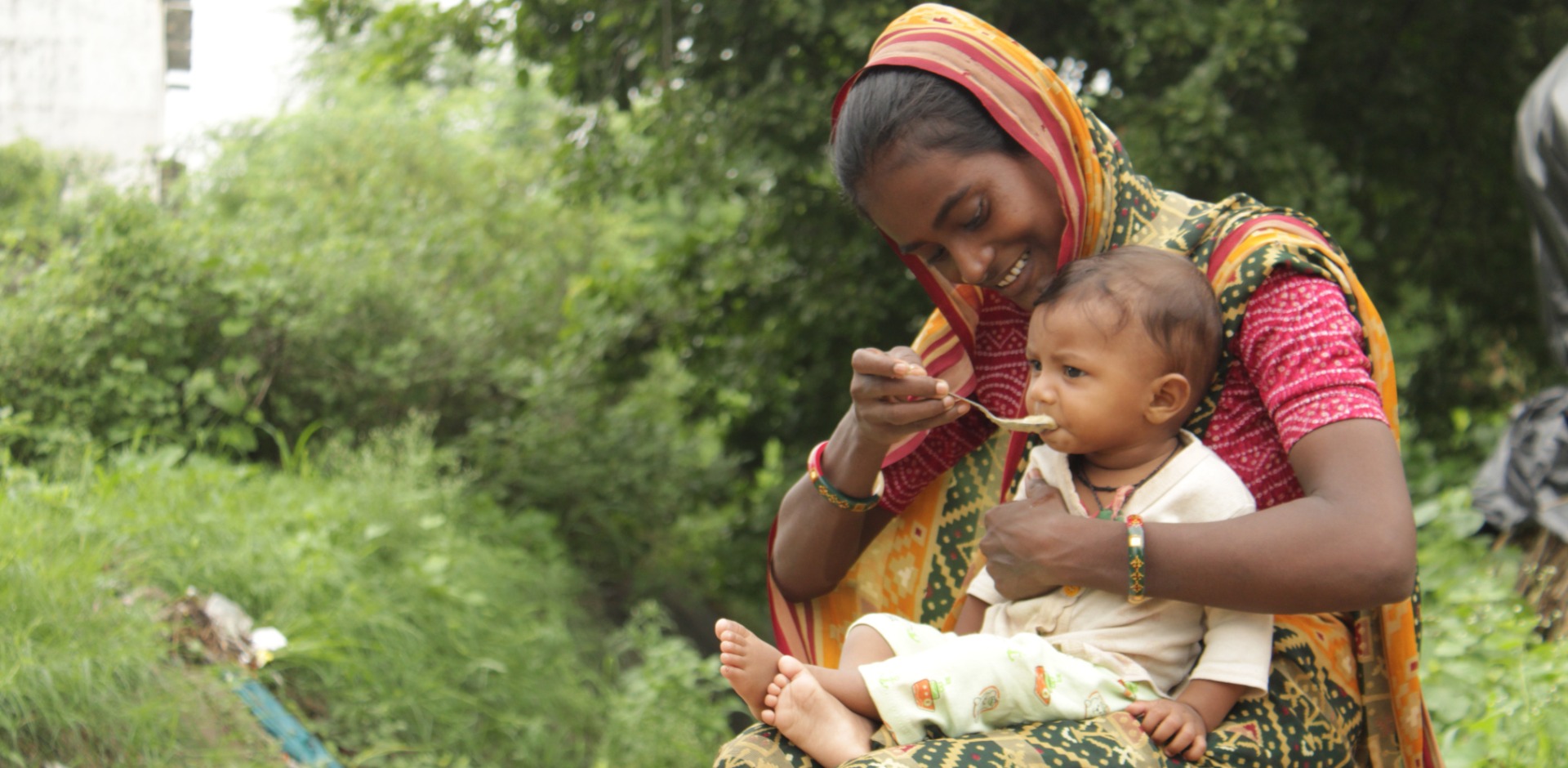
This Holiday Season, Give the Gift of Hope

It’s not uncommon for fruits and vegetables to go to waste after a bountiful harvest season in Mpwapwa, Tanzania. In the village of Tambi, for example, farmers are able to grow nutritious crops, but cannot preserve them beyond harvest season. With too much produce to sell and too little time before it goes bad, many are forced to lower their prices.
“We have always dried vegetables and fruits using the local methods that we were taught by our grandparents years back. Unfortunately, the process includes excessive sunshine, dust, flies, insects, and contamination, which has affected the quality and value” says Subira, a farmer and accountant.
Despite growing plenty of crops, undernutrition is widespread across Tanzania. An estimated 40 percent of children are chronically malnourished. More than 440,000 children suffer from wasting, otherwise known as acute malnutrition, which means they are too thin for their height and have an increased risk of death. One remedy? Extending the shelf life of everything grown so that it can be eaten year-round.

In the small village of Ilolo, Anceran Asheri lives with her husband and two children. Since her wedding, she has spent most of her time caring for her family while depending on her husband for financial support. Last year, Action Against Hunger launched its first food security and livelihoods project in Mpwapwa. Through funding from our partner, Buddhist Global Relief, the project has been launched in 35 villages, including Ilolol. Anceran quickly registered with the village leadership and became one of the 50 farmers chosen to serve as a model for the rest of her community.
To kick off the project, Anceran identified a piece of land to start her farm and quickly prepared the ground for planting. Anceran and the other model farmers were trained in how to prepare and use compost manure to support the soil, ensuring a more nutritious harvest.
To address the issue of water scarcity, Action Against Hunger’s team also taught model farmers how to create keyhole and sack gardens – styles of planting that require a relatively small amount of land and water. In drought-prone areas, this style of farming allows farmers to use water leftover from other household activities – such as cleaning and bathing – to irrigate their farms.
“Pests have also not been a problem because I was trained on how to use other plants to protect my vegetables,” says Anceran.

Anceran no longer depends on her husband. With her training, she preserves her crops using solar driers. The result? Vegetable production has increased and her family now has sustenance beyond the rainy season. Spending most of her time on the farm, she grows enough produce to feed her family and sells the excess to her neighbors. With the money she earns from her sales, which Anceran plans to expand her vegetable garden and increase production. Her neighbors have nicknamed her “Mama Mboga,” a Swahili word meaning “Mother of Vegetables.”
Back in the village of Tami, Action Against Hunger trains women on how to use the same solar driers. There, farmers no longer fear a surplus going to waste and now grow more to sell. The quality of vegetables produced has also improved.
“Before we got the solar dryer that we use to dry our vegetables, we were losing plenty of harvested vegetables,” says one community member. “We are now better at preserving all of the harvested vegetables. Thank you, Action Against Hunger.”
Join our community of supporters passionate about ending world hunger.